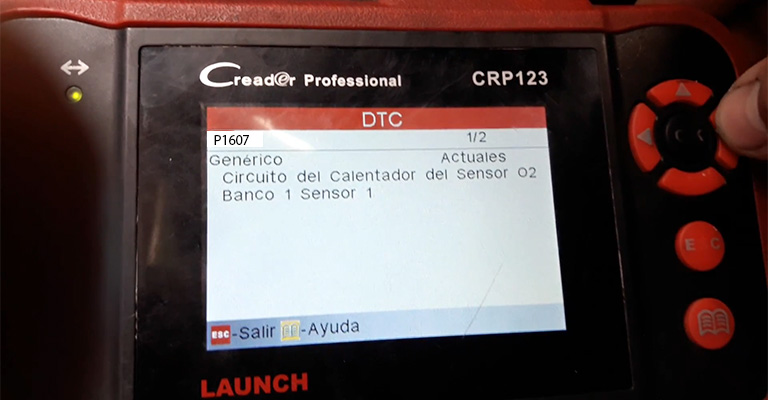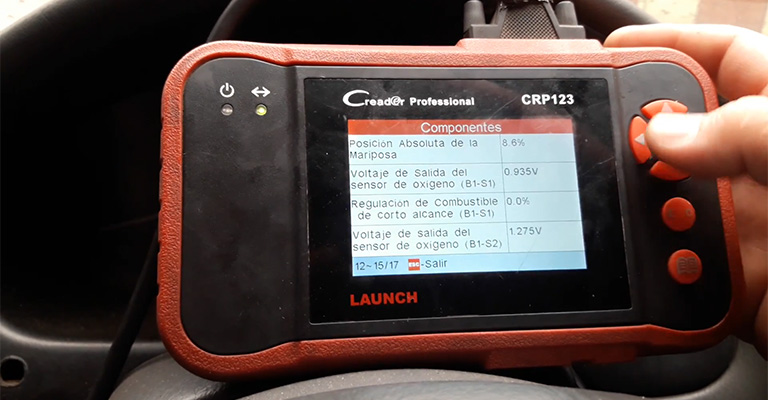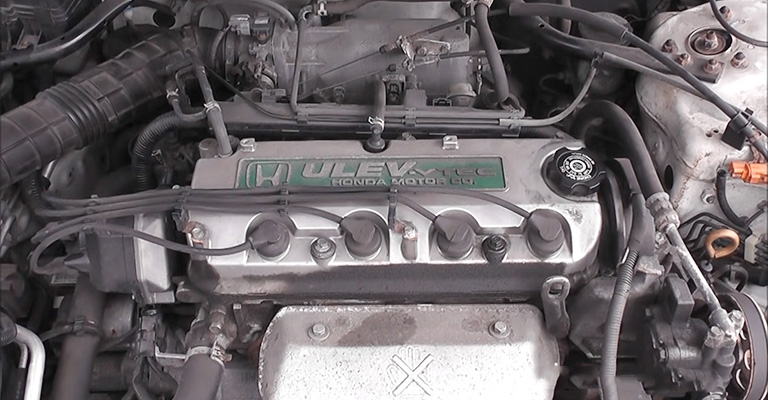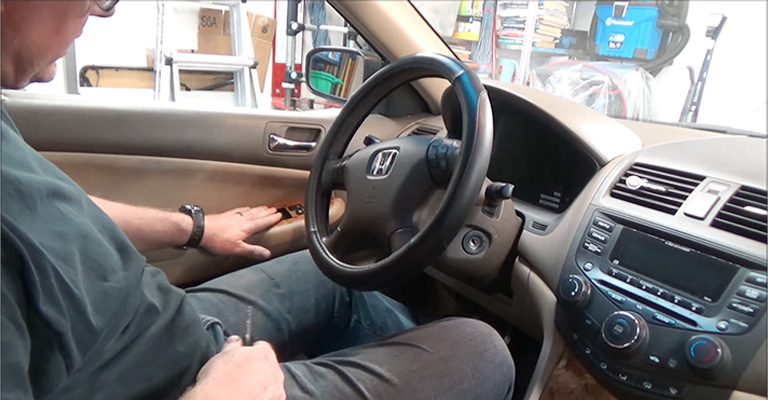Are you experiencing a P1607 error code on your Honda vehicle? This code can be a frustrating and mysterious problem to deal with. But don’t worry! You’re not alone.
P1607 Honda code typically indicates a problem with the powertrain control module’s internal system. It is responsible for preventing the engine from starting unless treated correctly.
In this article, we’ll take a closer look at what the P1607 code means for your Honda and explore some possible causes and solutions for this error.
Whether you’re a car enthusiast or a concerned vehicle owner, this article will provide the information needed to get your Honda back on the road.

What Are the Issues Behind the P1607 Honda Code?
Several possible issues can cause a P1607 error code to appear on a Honda vehicle. Some of the most common causes for these issues are as mentioned below –
- Failed PCM or ECM: The Powertrain Control Module (PCM) or Engine Control Module (ECM) in your vehicle could have failed, causing the P1607 code to appear.
- Wiring issues: Wiring problems, such as a ripped or corroded wire, can also cause the P1607 code to appear. This can be due to faulty wiring and harnesses of the PCM or ECM.
It’s important to note that the specific cause of a P1607 code to appear can vary depending on the make and model of the vehicle, along with many other issues.
If you see this code appear, it’s best to have a professional mechanic diagnose the problem and suggest a solution.
Figuring Out the Cause Behind the P1607 Code: An Overview

A professional mechanic will use a diagnostic scanner to check for available stored codes on the vehicle’s computer to identify the cause of the P1607 code.
They may also use wiring diagrams and service manuals for specific vehicle models for assistance. All of these combined efforts will make it easier to troubleshoot the problem.
The symptoms of the issues mentioned above (Failed PCM or ECM and wiring issues) are the same. There could be several possible symptoms that may be associated with different problems related to the P1607 codes.
Multiple variables for this pop-up can make it challenging to identify the main trigger. However, the most notable and common indication that could be related to the P1607 problems is your engine finding it challenging to start.
You may also notice a warning light on the dashboard appears illuminated, which can be related to P1607 problems.
How to Fix the Problems?
First of all, faulty PCM or ECM issues are really complicated. They’re really challenging to fix.
So, unfortunately, there’s no room for inexperienced or non-professional individuals in this case. Therefore, leaving it to a professional mechanic to resolve the issue is best.
However, a general idea of the process that a mechanic may be required to follow to resolve this problem is as follows –
Identify the Problem:

The first step is diagnosing the problem and ensuring PCM, or ECM is the root cause. This is done by using a diagnostic scanner to read the codes stored in the vehicle’s computer and inspect the wiring and connections to either of them.
Get a Replacement PCM or ECM
Once the problem is identified, the mechanic will need to obtain a replacement PCM or ECM specific to the vehicle’s make and model.
It is important to ensure the make and model of the components match your vehicle’s compatibility to avoid any future damage.
Programming

The substitute for the engine and transmission combined and the electronic control unit will need to be programmed to match the specific settings of the vehicle.
A mechanic can do this by using certain specialized software and equipment. However, it must be handled by an experienced individual who’s skilled enough to fix the PCMs and ECMs. This will ensure the maximum lifespan of these units.
Test the Vehicle
After the alternate control units are installed and programmed, the mechanic will need to go for a test drive on the car. This will help to ensure that the problem has been resolved and that the engine is running smoothly.
The purpose of this test drive is to ensure the alternatives are working and the vehicle is at its optimum condition.
It’s crucial to remember that this is only a general overview of the process, as specifications will differ depending on the vehicle’s make and model.
Tips to keep Honda PCM or ECM Good
A few tips for keeping your Honda Powertrain Control Module (PCM) or Engine Control Module (ECM) in a standard phase will increase their lifespans:
Regular Maintenance

This section would include oil changes and tune-ups, which can help prevent damage to the control units. You must routinely check for the internals’ conditions to ensure the vehicle’s longevity and reliability.
Use High-Quality Parts
When replacing or upgrading the PCM or ECM, consider going for high-end components from top-listed brands can help ensure that the module lasts as long as possible.
However, it is not necessary to have to use expensive products to ensure longevity or safety. Certain cheaper products are also known to be highly raved about.
Avoid Harsh Conditions
Rough weather, such as extreme temperatures or vibration, can cause damage to the Powertrain and engine control units. Therefore, it is best to avoid exposing the vehicle to such conditions as much as possible.
Check for Updates
Honda often releases updates and software patches for the PCM or ECM. This is why it’s a good idea to check for these updates and install them when they become available for better vehicle functionality.
Keep the Vehicle Clean
Cleaning the engine compartment regularly can help prevent damage to the engine and the overall vehicle.
Since dust and debris can clog the cooling fans and vents, causing the module to overheat, it is best to keep up with the cleanliness of the vehicle.
It’s important to note that these tips may not guarantee that the PCM or ECM will never have any problems.
However, following these tips can help ensure that the module lasts as long as possible and reduce the likelihood of such issues.
Frequently Asked Questions
The cost to repair the wiring from these units can vary greatly depending on the make and build of the vehicle. Certain factors, such as the vehicle’s damage extent, the cost of the parts, and labor, can greatly differ in the expense of the repair.
However, the expense could range from a few hundred dollars to over a thousand dollars.
On average, replacing a PCM or ECM ranges from $500 to $1,500. However, depending on the specific vehicle and the repair shop’s location, it can be higher or lower.
Bottom Line
In conclusion, the P1607 Honda code is a diagnostic trouble code (DTC) that can be frustrating. To avoid this error code in the future, it is important to keep your Honda vehicle well-maintained with regular oil changes and tune-ups.
Additionally, it is essential to keep the engine compartment dry and clean and avoid exposing the vehicle to harsh conditions for optimum health.
There are a few minor tweaks and attention that could help ensure neither your vehicle nor your engine suffers at all.
Lastly, we expect you to take good care of your vehicle and drive safely!

Leave a Reply